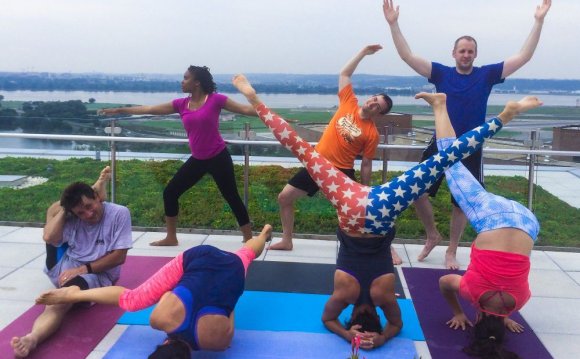
According to Yoga Alliance, the unofficial standard-setting organization for the instruction of yoga, there are over 67, 700 registered yoga teachers in the world. Since yoga is not a licensed or regulated profession, such as medicine, chiropractic, or massage, there are thousands more instructors teaching yoga all over the world that are not registered and accounted for through Yoga Alliance’s data.
Recently, Yoga Alliance decided that registered yoga teachers can no longer use the word “therapy” in bios, websites, description of services and work, etc. This sparked a national controversy in the yoga world and prompted many inner dialogues about what it means to be a yoga instructor.
Over the past several weeks, I myself have been studying carefully my own teaching style, methodology, philosophy. As I’ve met with various wellness professionals across industries, I’ve found myself presenting how I work and wondering how do I differentiate what I do from the 67, 699+ other instructors teaching a similar system?
Why the debate matters
As an English major, words have always been important to me, which is why the debate around being a “yoga therapist” vs. a “yoga teacher” is an important one. Also, my reverence for the practice of yoga has carried me thus far down my journey and the practice of yoga in it’s purest form serves as a guiding light for me as I walk my own path and journey in this world. My experience with yoga, as well as my experience in this world practicing yoga, assists and develops my teaching style.
And so, today, I share with you some of my own musings about what it means to be a yoga instructor in hopes that this helps you better understand what I’m here to teach, how that makes me different then other yoga instructors, and what you can expect to learn from me.
The amazing thing about a community like this is you can give me direct feedback along the way letting me know if I’ve strayed from my intention, my guiding philosophy, my purpose.









